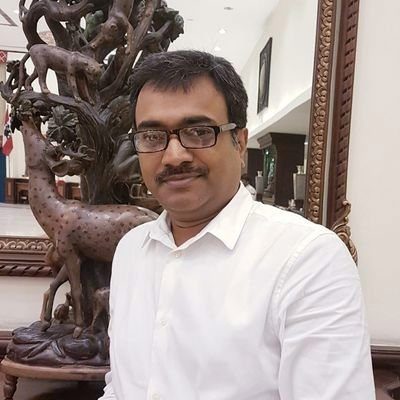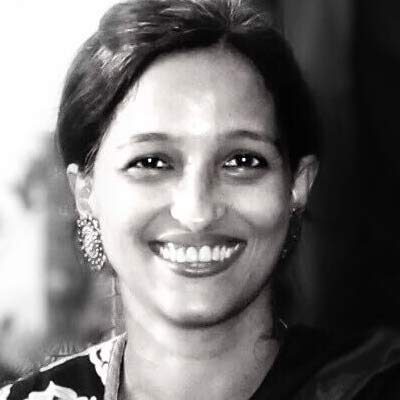
COMMUNICATION FOR BETTER SOCIETY
SESSION VIDEO
SESSION OUTLINE
For ages, we have used communication as a tool to shape and evolve our thought-process, to build and design our societies. Against this backdrop, this session of eminent journalists, and professionals, discussed the need to find a shared narrative through discourse and communication media, as tools, to bring the “voices” of the marginalized to the fore to shape the policy to be more meaningful and impactful.
The session also discussed how the “marginalized” have been at a disadvantage as their lived experiences and aspirations are hardly spoken about in the mainstream media. And how to ensure that those at the margins are represented adequately in the mainstream media.
The session further dwelled on the issues of erosion of data gathering systems and how it is important to collect the right data to analyse and draft policy to be responsive to people’s needs. The panel also discussed the emergence of new world tools of digital media for broadcasting and idea-sharing and how to use this to bring stories of the marginalised to bring to wider and curious audience.
PANEL

Lyndee Prickitt
Director,
VillageSquare.in

Shareen Joshi
Associate Professor,
Georgetown University

Navneet Anand
Founder, GreyMatters

Julia Lowe
Senior Program Officer, Bill & Melinda Gates Foundation

Smarinita Shetty
CEO, India Development Review
SESSION TAKEAWAYS
MAINSTREAM MEDIA AND ITS LIMITATIONS
The content distribution and the coverage of stories by the mainstream media have largely been dictated with a profiteering intent and hence the discussions and debates on these channels, in general, have skipped the concerns and stories from the hinterland. Resultantly, the marginalised find themselves away from the sociopolitical discourse and their challenges and expectations are hardly discussed.
NEW ASPIRING, UNCONNECTED INDIA
For the last 2 decades or so, the political narrative of India has been set by discourses projecting India as an emerging superpower which has kind of put the real stories of challenges faced by the rural and marginalised on the backburner and looked with contempt. And slowly the facts have also been altered to suit the narrative.
EMERGENCE OF DIGITAL MEDIA
The emergence of digital media has helped in bridging the rural-urban gap in the sense that the consumption of digital content in both rural and urban areas especially amongst youth has more similarities than differences. This is the target group that can be easily targeted for broadcasting of important messages and success stories. Besides, there is a growing breed of audience which is looking for meaningful and factual bites from the hinterland. Digital media is proving to be an effective medium to reach out to this set.
"There's an understanding in the journalism network that the stories from the rural are dull but worthy, that it might turn people off because, what's happened in India is that there has been such a massive galvanization to move forward in the last 20-30 years and people want to seemingly move forward."
- LYNDEE PRICKETT
"What concerns me about what's happening with not just the rural-urban divide but the study of marginalized populations in India is actually the erosion of systems of data gathering. Identification of the vulnerable has been done through tools where we had excellent surveys with bad categories."
- SHAREEN JOSHI
"We can't expect people to come to us. We will have to go to them, so if they are on instagram reels, whatsapp, if they are listening to audio and watching youtube videos, our content has to be on those platforms in the languages that they are comfortable and familiar with. It is they have to feel that it belongs to them. It's when that happens you know then they'll start engaging."
- SMARINITA SHETTY
"The Bollywood-isation of the mainstream media has led to a rise of peripheral media such as VillageSquare, I think that’s an opportunity. The fact that we’re here talking today gives me a lot of hope. We hope to bring more rural stories to the mainstream and not only the anxieties, the suffering, the challenges but also stories of success."
- NAVNEET ANAND